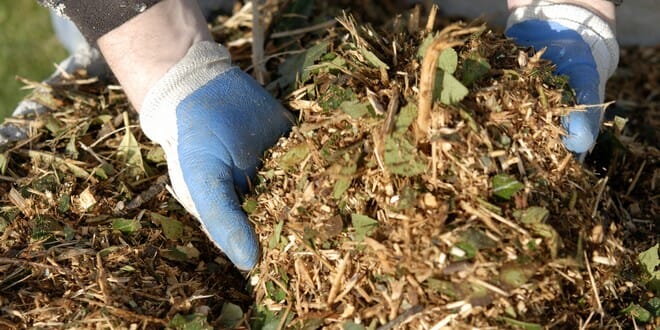
The vegetable garden gradually emptied at the start of autumn. Even if a few beds are still in cultivation, most of them are free and the bare land is now exposed to climatic hazards and winter bad weather (alternation of frost and thaw which compacts the earth, abundant rains which wash away the soil, snow sometimes for several days in a row)… Since garden furniture is protected, it can be useful, even essential, to protect growing areas with mulching.
It will also be a big time saver in the spring, when the time comes to find a “clean” soil, free from stubborn weeds that could have settled in this winter. Here are some tips for effectively protecting the soil in your vegetable garden.
Sow a green manure
The cultivation of certain families of plants (such as fabaceae or even legumes) naturally enriches the soil with nitrogen. It would be a shame to do without, as land use will also limit the development of weed weeds.
So, even if the period is not totally favorable for sowing and the sustainable establishment of crops, do not hesitate to sow winter cereals (rye for example), phacelia, or fabaceae (pea , beans). A quick surfacing of your soil with the claw, followed by broadcast seeding and a good rake to cover the seeds to settle them
Cover the soil with a tarp or cardboard boxes
The idea can make people smile when the vegetable garden is huge. However, in the context of a square vegetable garden or small areas, it is not absurd, far from it! The best is to recover an old mulch cloth, even with a hole, and spread it over the cultivation surfaces, filling it with large pebbles or blocks of breeze-block, to prevent it from blowing off at the slightest blow of wind. Above all, it must be permeable and breathable!
This type of tarp also has the big advantage of being reusable from year to year. If you can’t get it back, don’t bother buying it. Walk around the side of a dumpster and collect a few. Give preference to those that do not bear inscriptions, as the ink is harmful. Then spread them, in thick layers, directly on the earth. In early spring, if their decomposition is well advanced, you can bury them. If not, recycle them in the compost heap.
Protect growing surfaces with plant waste
Spread out, alternately in thin layers, all your garden waste: grass clippings (dry), shrub or tree pruning waste (provided that they are finely ground using a plant shredder , it is then BRF), the piles of dead leaves, …
However, avoid large amounts of waste from coniferous species (cedar, etc.) as they acidify the soil. The main thing here is to protect the land from winter leaching. Even if this is adding organic matter to your vegetable garden, it will not be enough. An addition of manure at a later date will be necessary.
